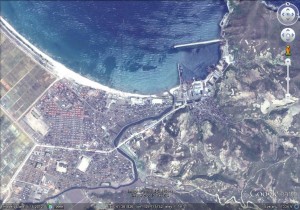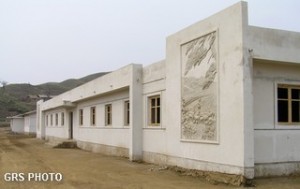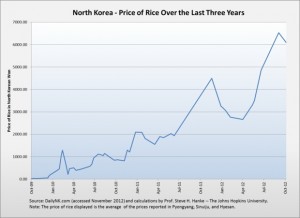According to Yonhap:
North Korea’s grain and fertilizer imports from China nosedived in January, Seoul’s Korea Rural Economic Institute said Sunday, citing data from the Korea International Trade Association.
North Korea imported 2,174 tons of grain and 2 tons of fertilizer from China in the first month of this year, the institute said. By product, flour imports totaled 1,172 tons and corn imports reached 540 tons.
The volume of imported grain marked a mere 9.2 percent of the North’s imports of Chinese grain in the previous month, while the corresponding figure for fertilizer amounted to 20 percent, the institute said.
Compared with the same month of last year, the figures reached 25.9 percent and 0.03 percent, respectively.
“The steep decline in the North’s grain imports from China is very unusual, even considering the past trend of grain imports decreasing every January,” said Kwon Tae-jin, a researcher at the institute.
Read the full story here:
N. Korea’s grain imports from China plunge in Jan.
Yonhap
2013-3-3



